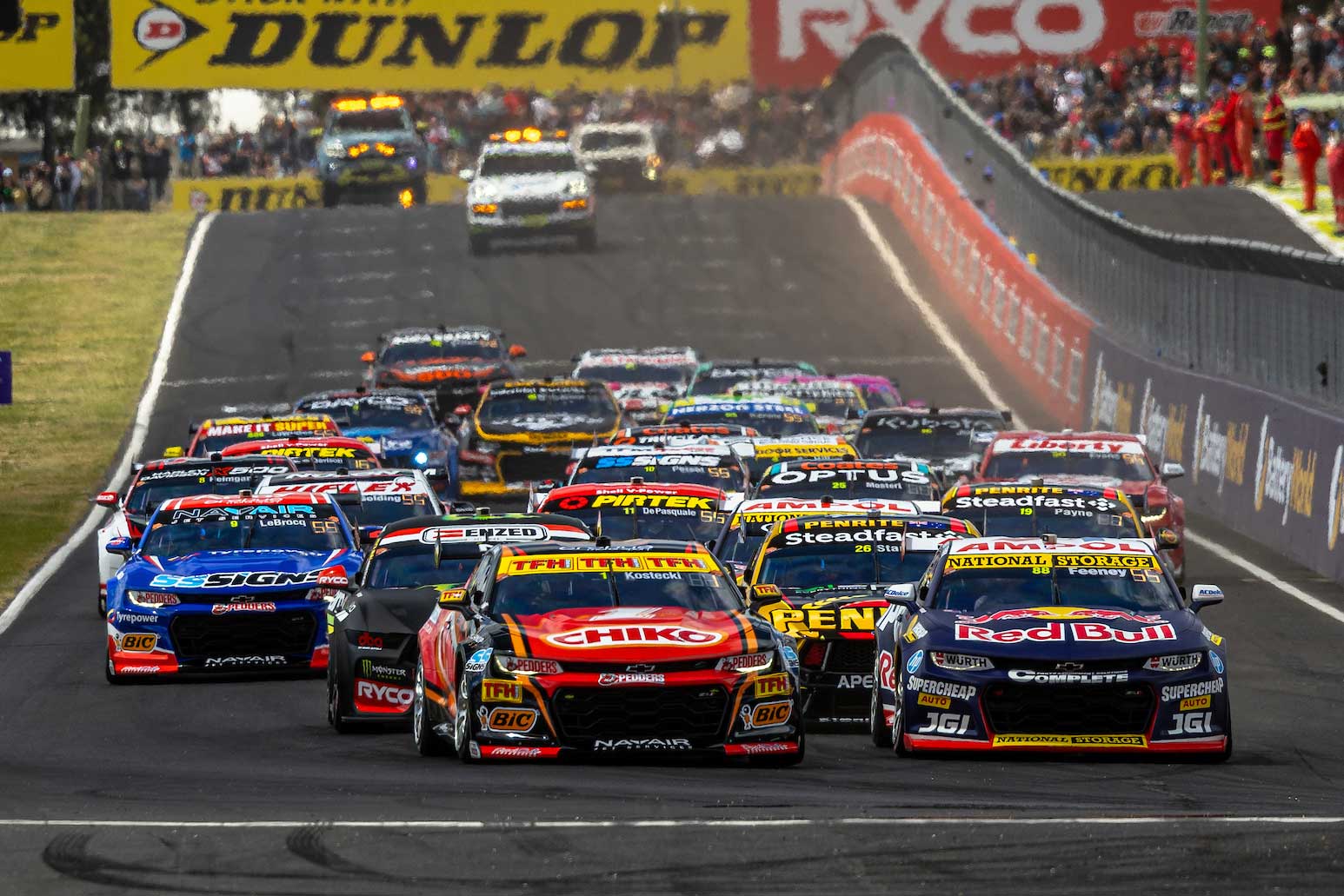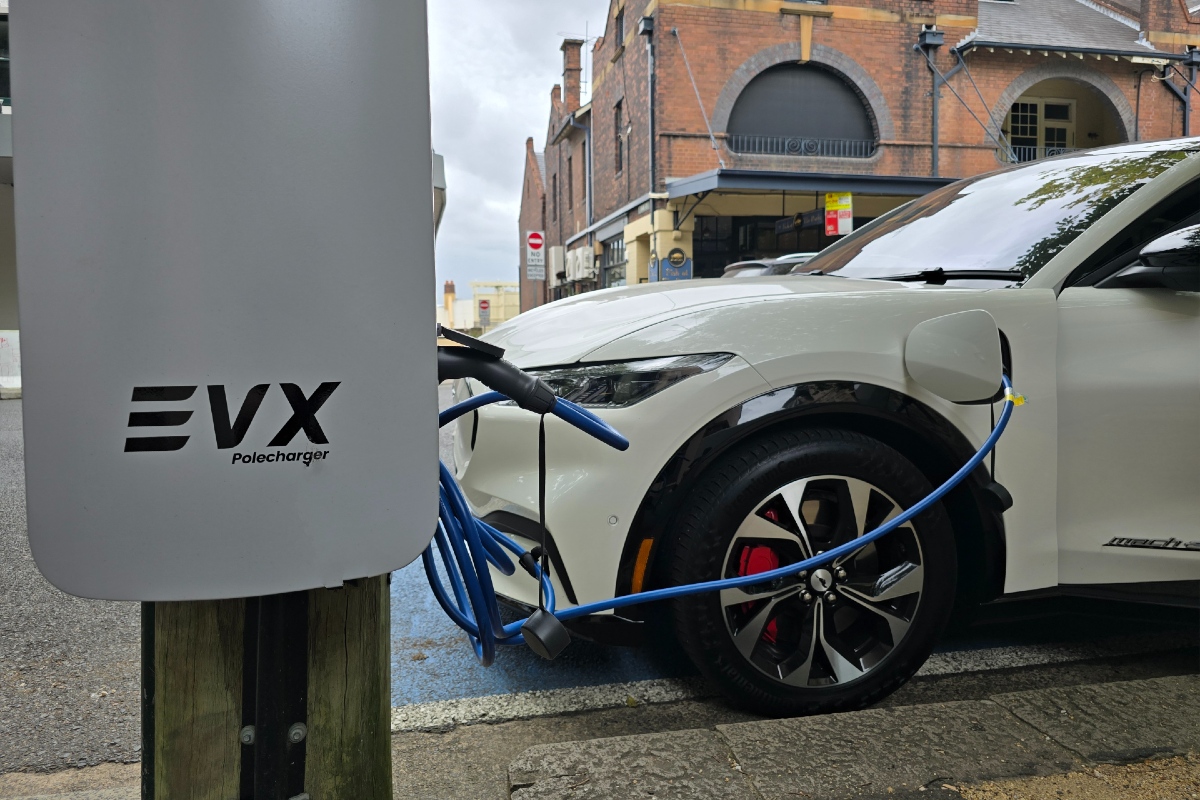
The rule was introduced for the first time in 2024 and proved one of the most polarising changes in the history of the Bathurst 1000.
Conceived to ensure the category’s stars are in the cars when the spotlight is on the sport, the move was seen by many as an unnecessary interference into team strategy.
A lack of divergent race strategies contributed to a less-than spectacular Bathurst 1000 last October.
Supercars has instead looked elsewhere to add strategic spice to the Great Race and the new 500km enduro at Tailem Bend that precedes it.
In addition to dropping the Full Course Yellow procedure, Supercars has adjusted the minimum driving time and fuel tank capacity for the two events.
The minimum driving time has been upped from 33% to 37% of the race distances, equating to a minimum of 60 laps at Bathurst (six more than previous) and 38 at The Bend.
This has been done in conjunction with a tank capacity reduction from 133 litre to 118 litres, which should mean co-drivers have to do more than two stints in the Great Race.
Also impacting co-drivers, the minimum car weight rules for the endurance races have now been adjusted to utilise an average weight calculation across the primary and co-drivers.
The previous system of basing it solely off the primary driver weight allowed lighter co-drivers to race with their cars underweight and therefore at an advantage.
Meanwhile, the qualifying cut-off – which both drivers must meet to be able to race – for the Bathurst 1000 has been reduced from 107 percent to 105 percent as part of a standardisation across all events.
That follows officials incorrectly using 107 percent rather than 105 percent at the Adelaide 500, resulting in multiple drivers being given the wrong starting slots for the Saturday race.
Last year the Bathurst 500, Bathurst 1000 and Gold Coast 500 all had a 107 percent cut-off.









